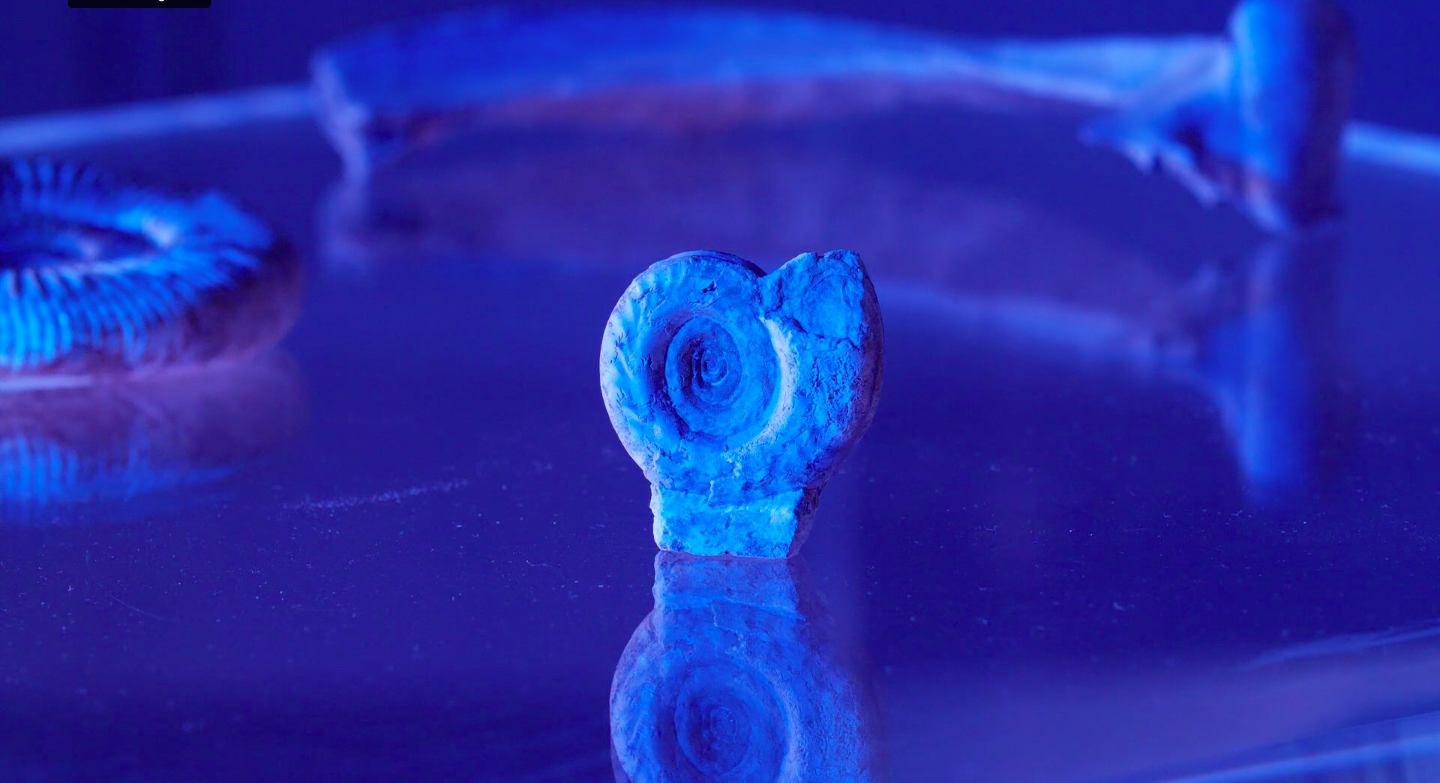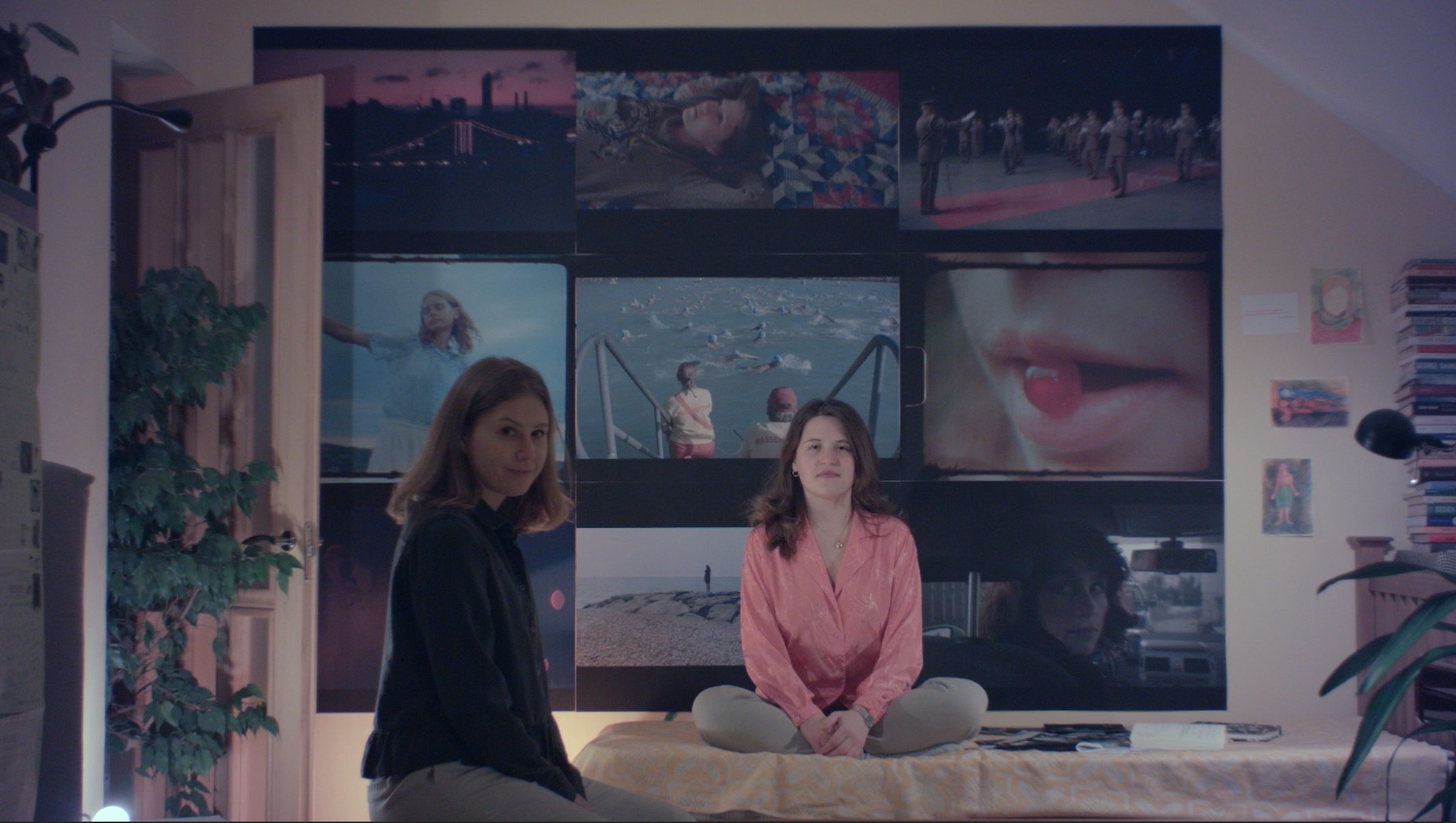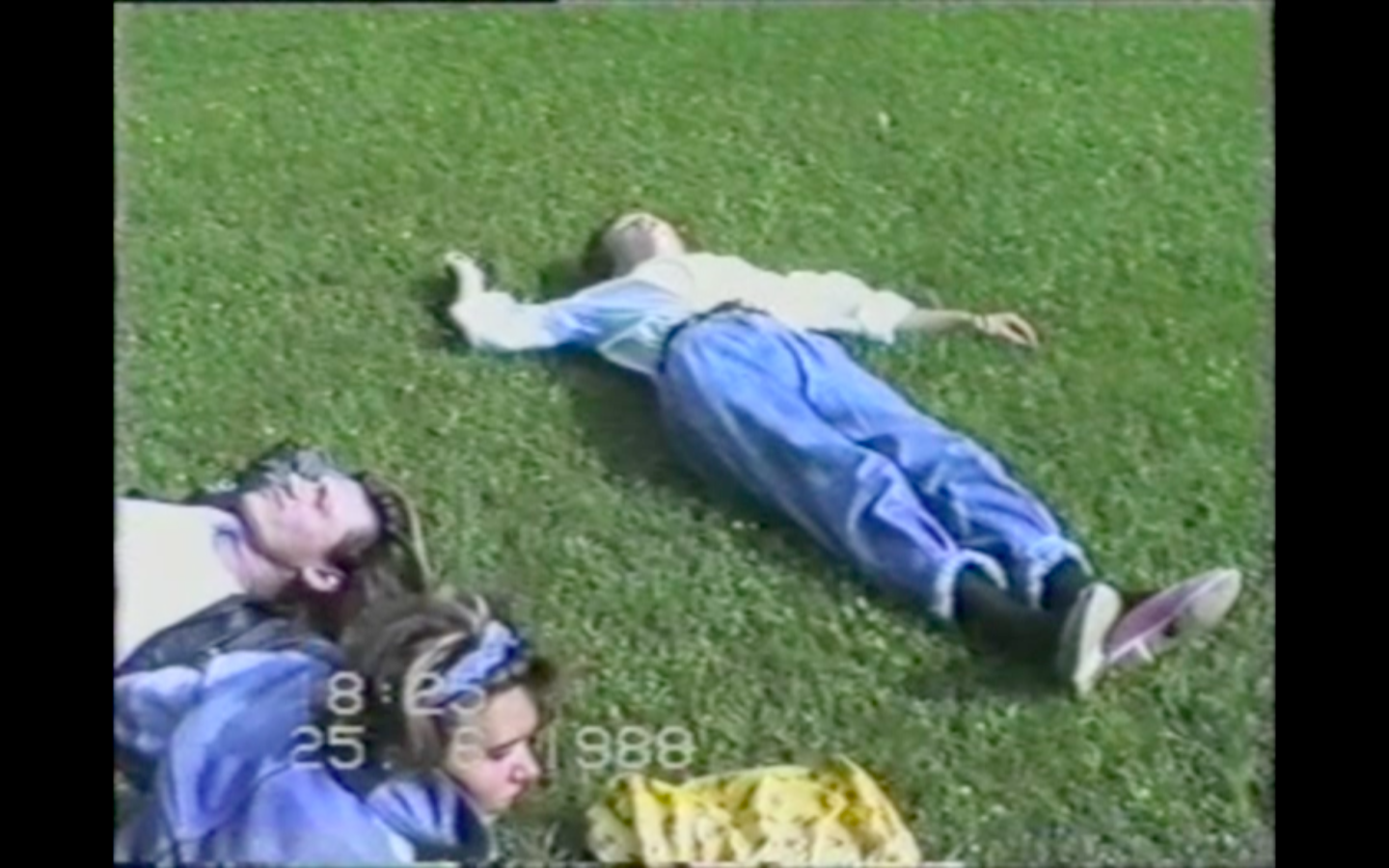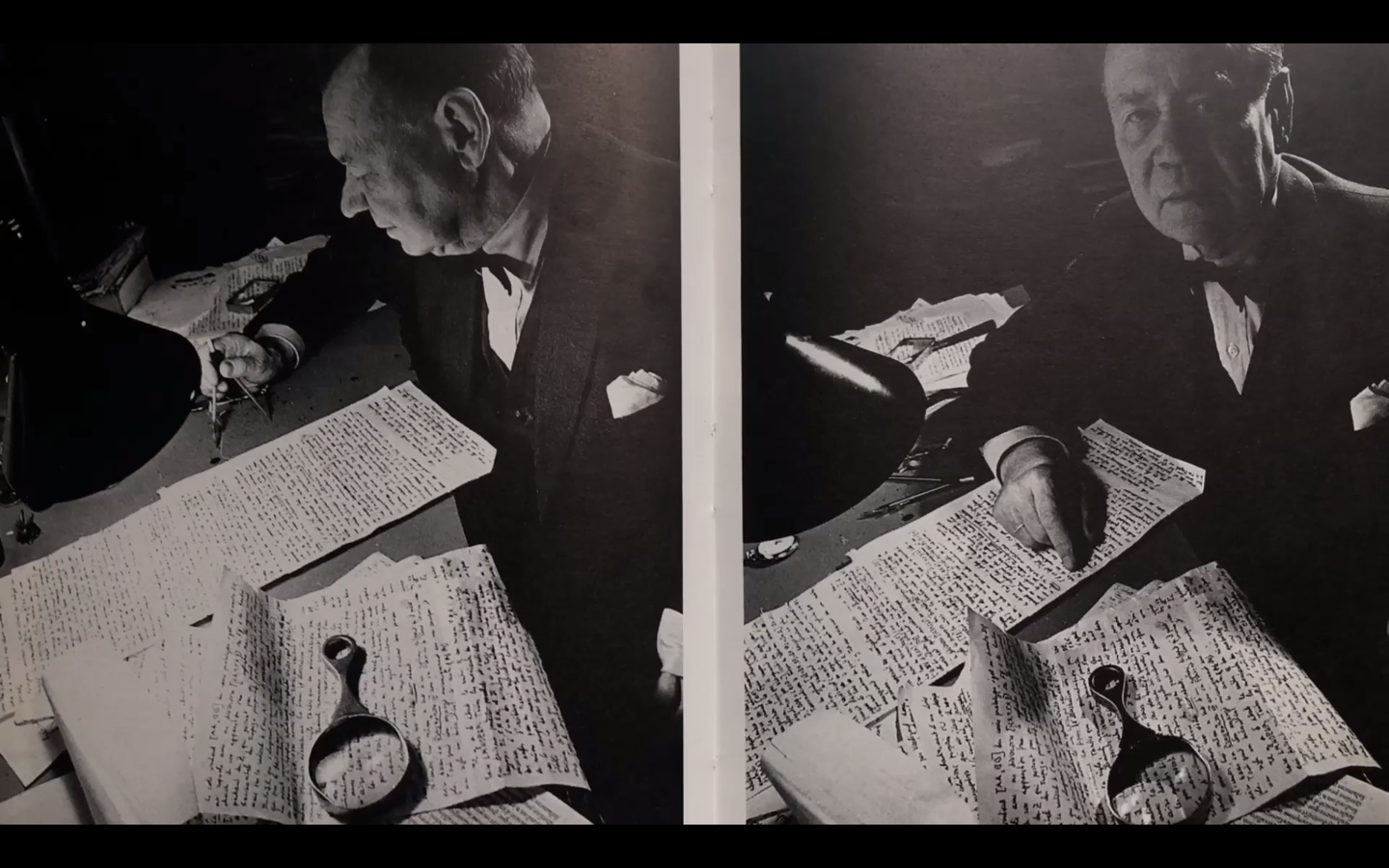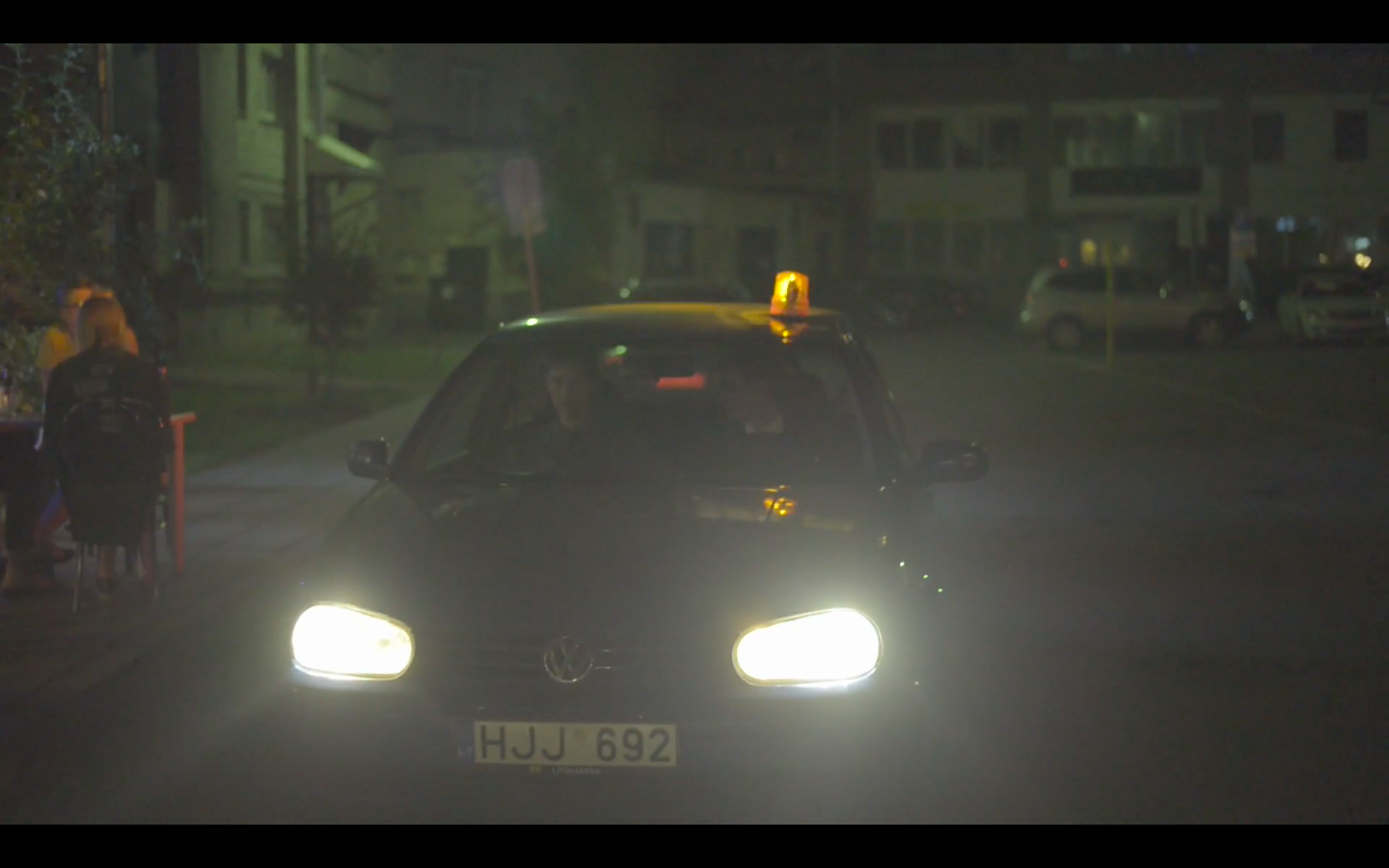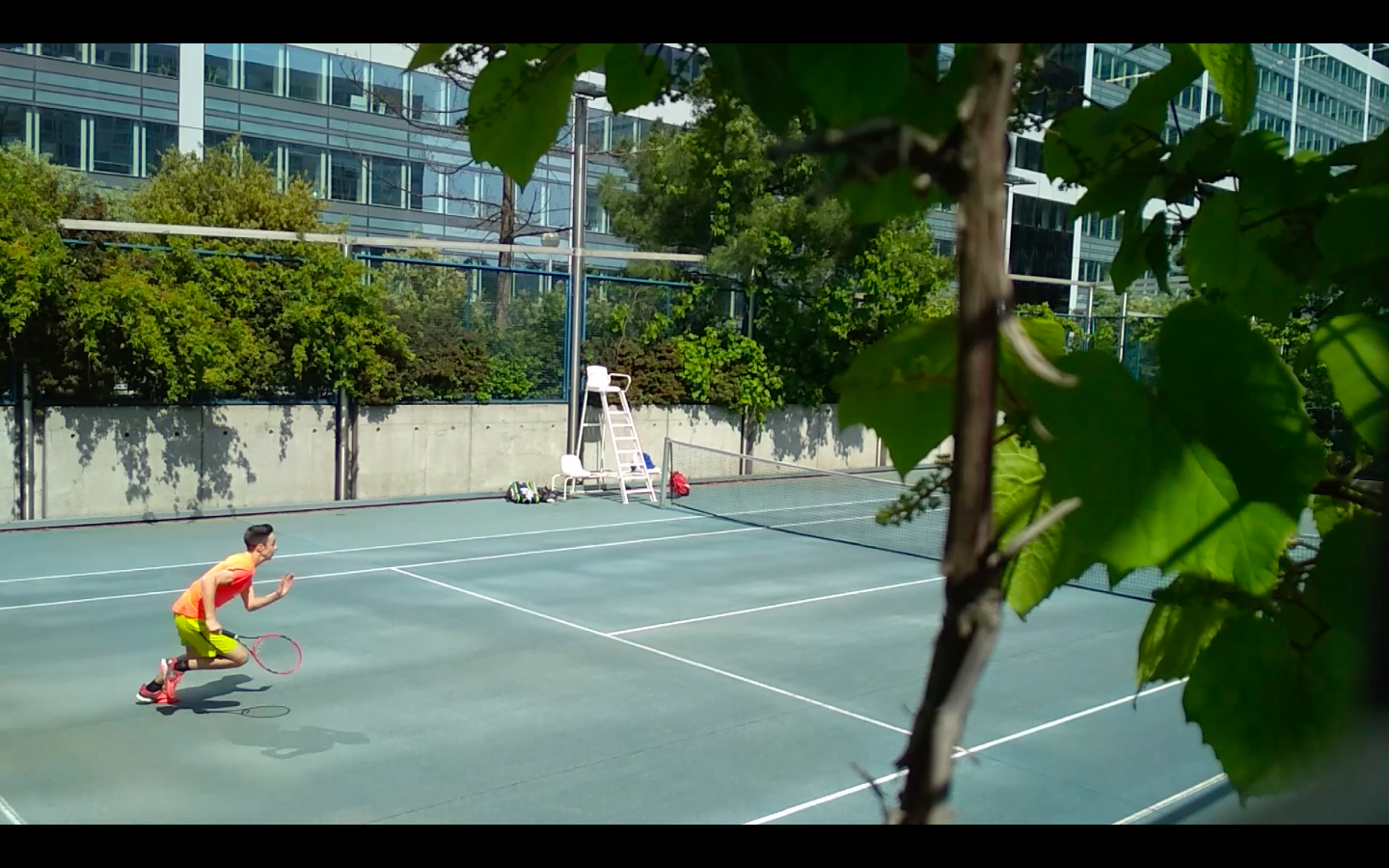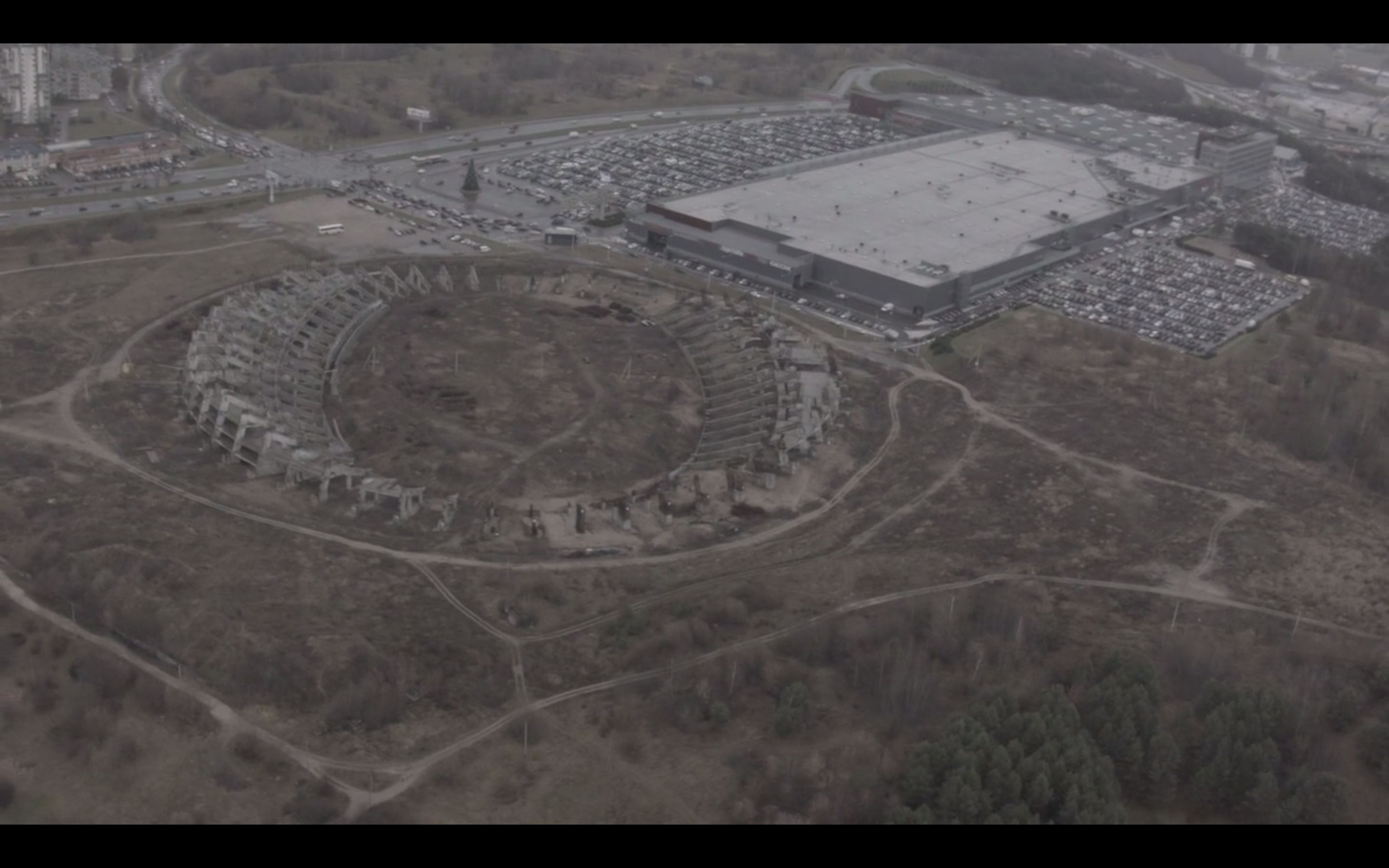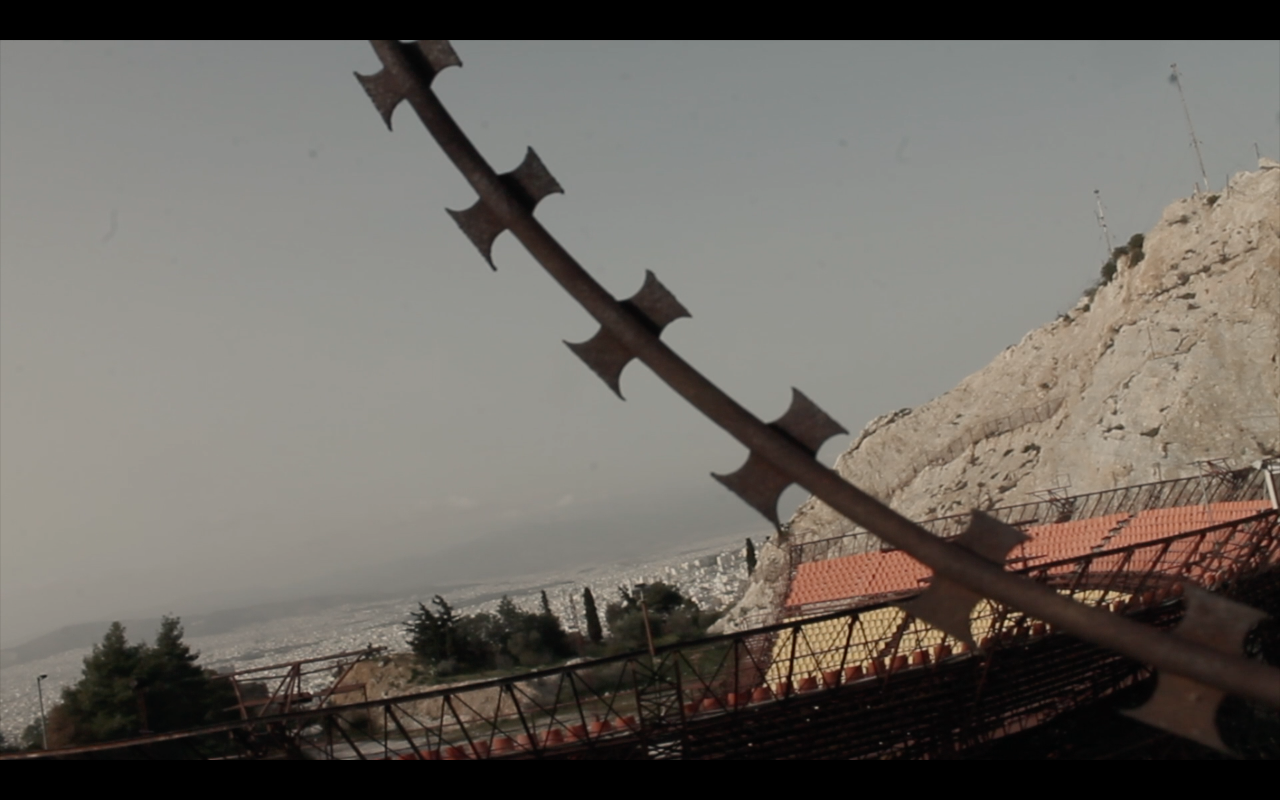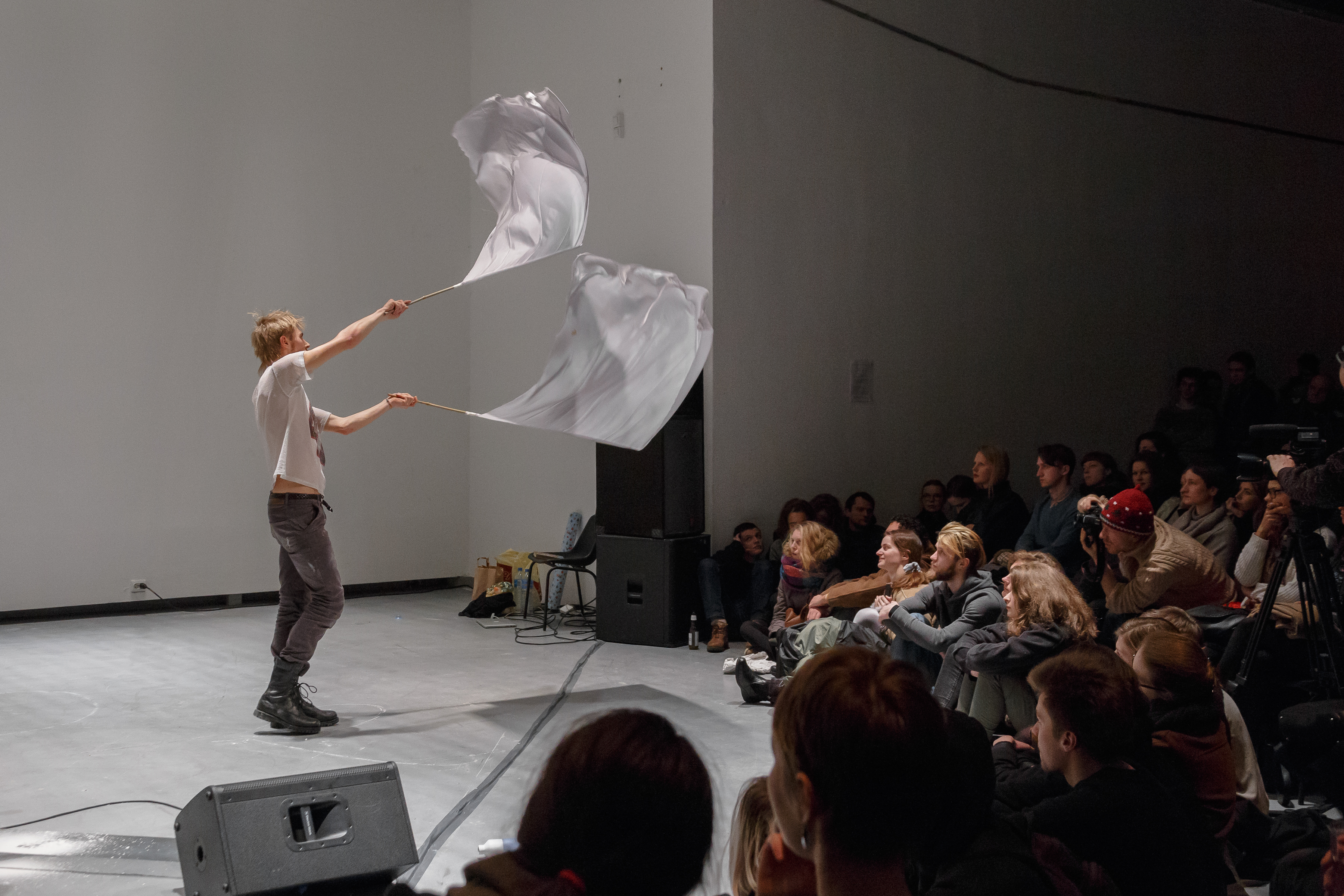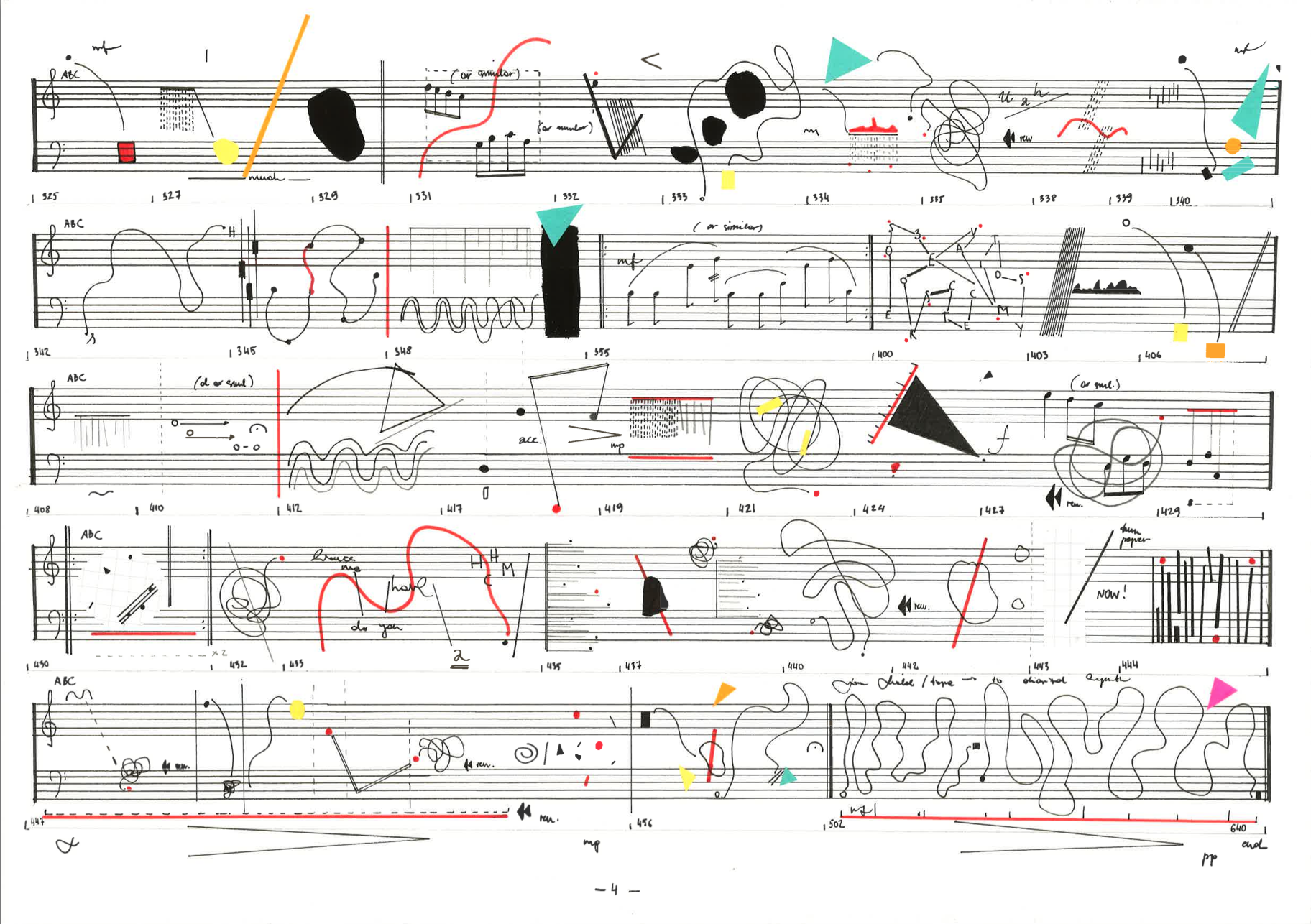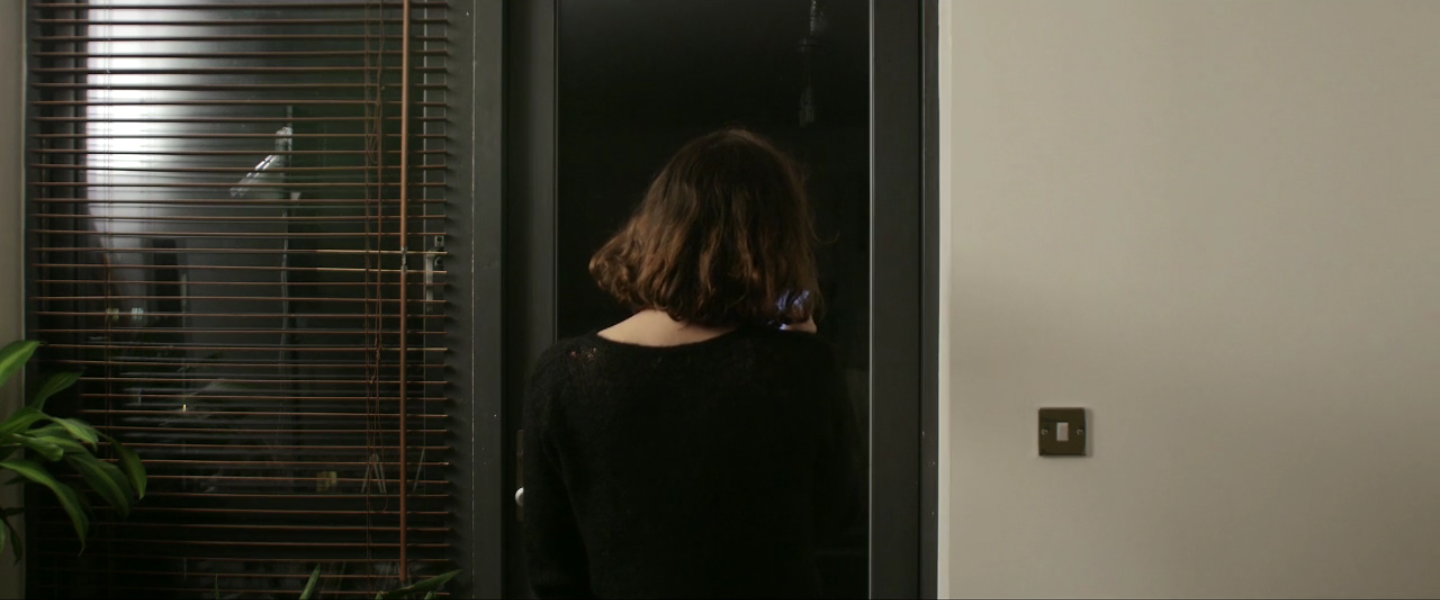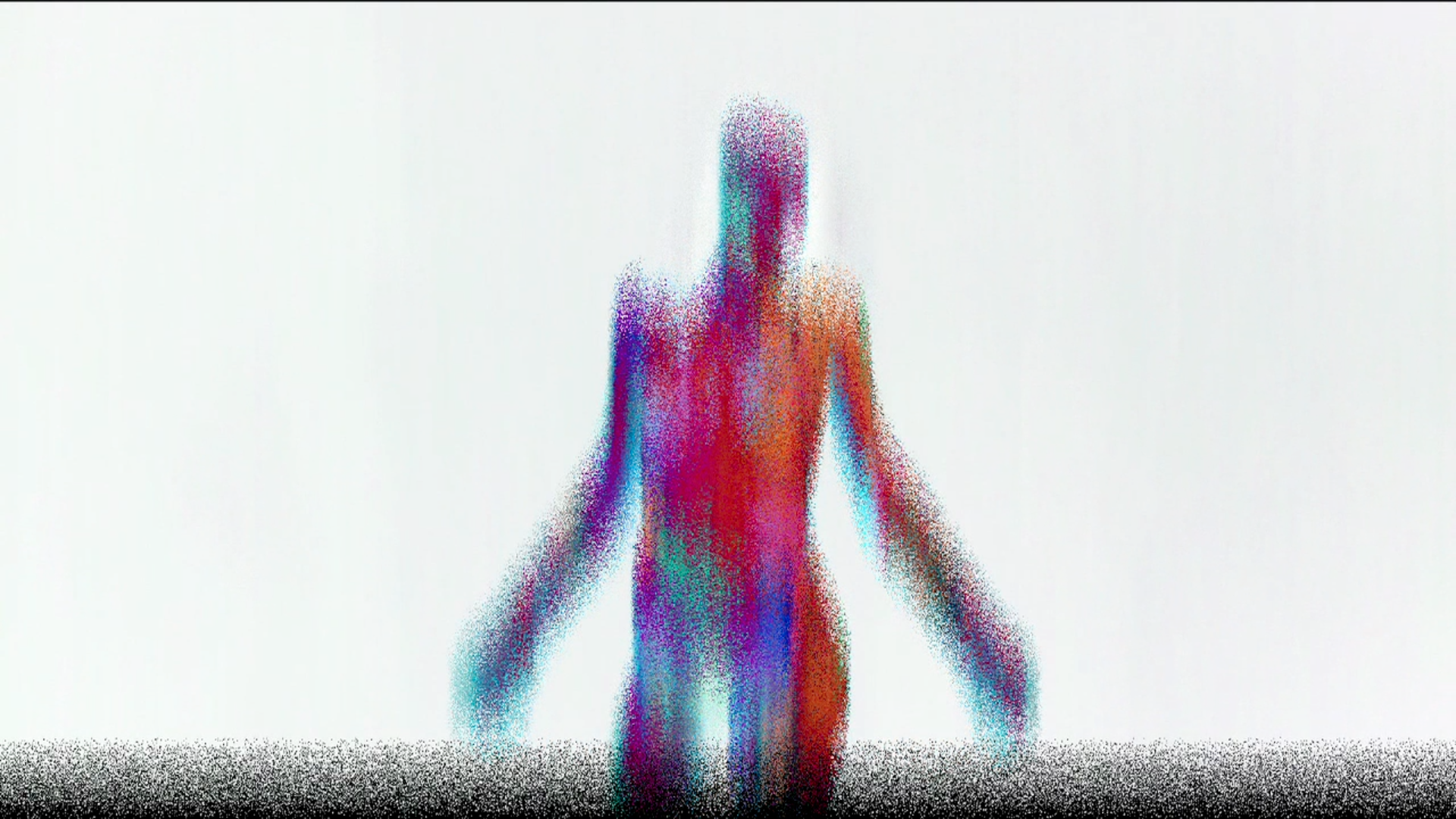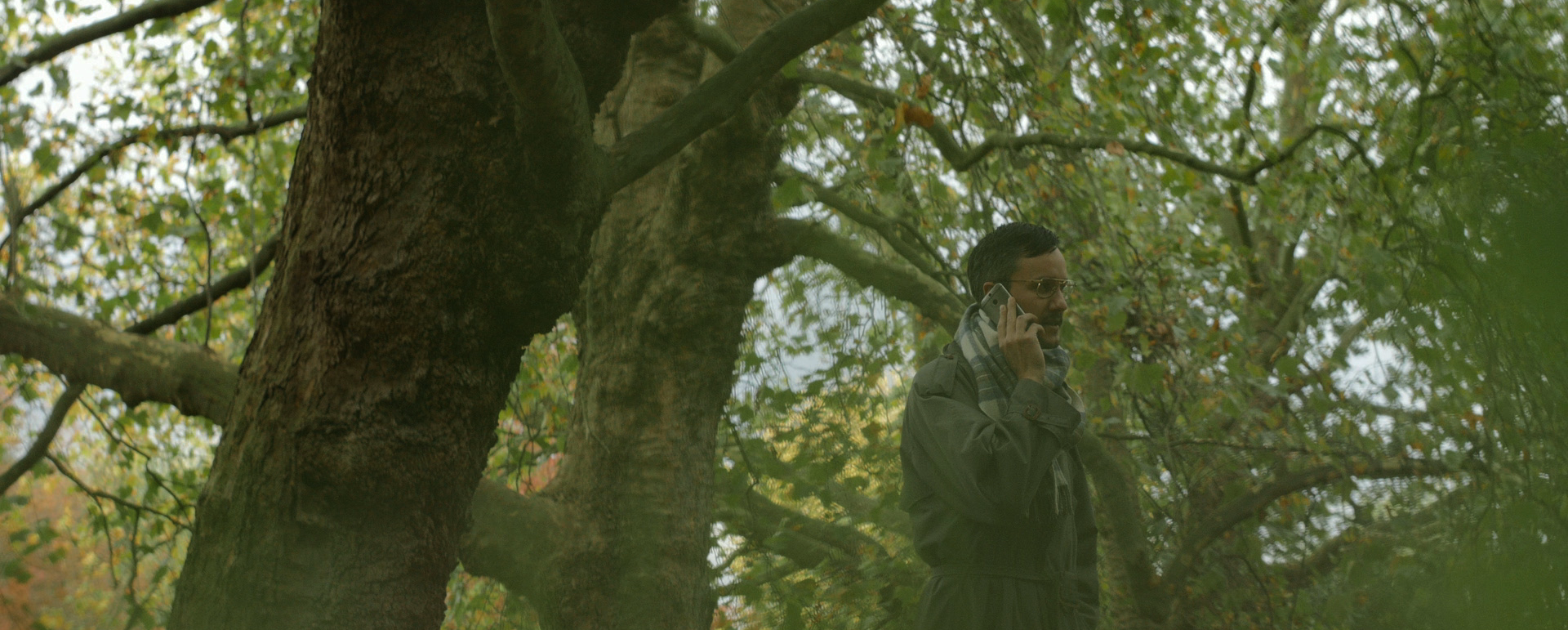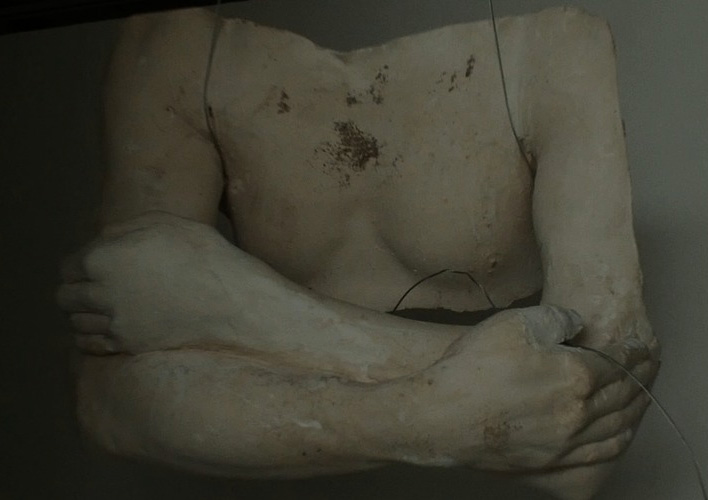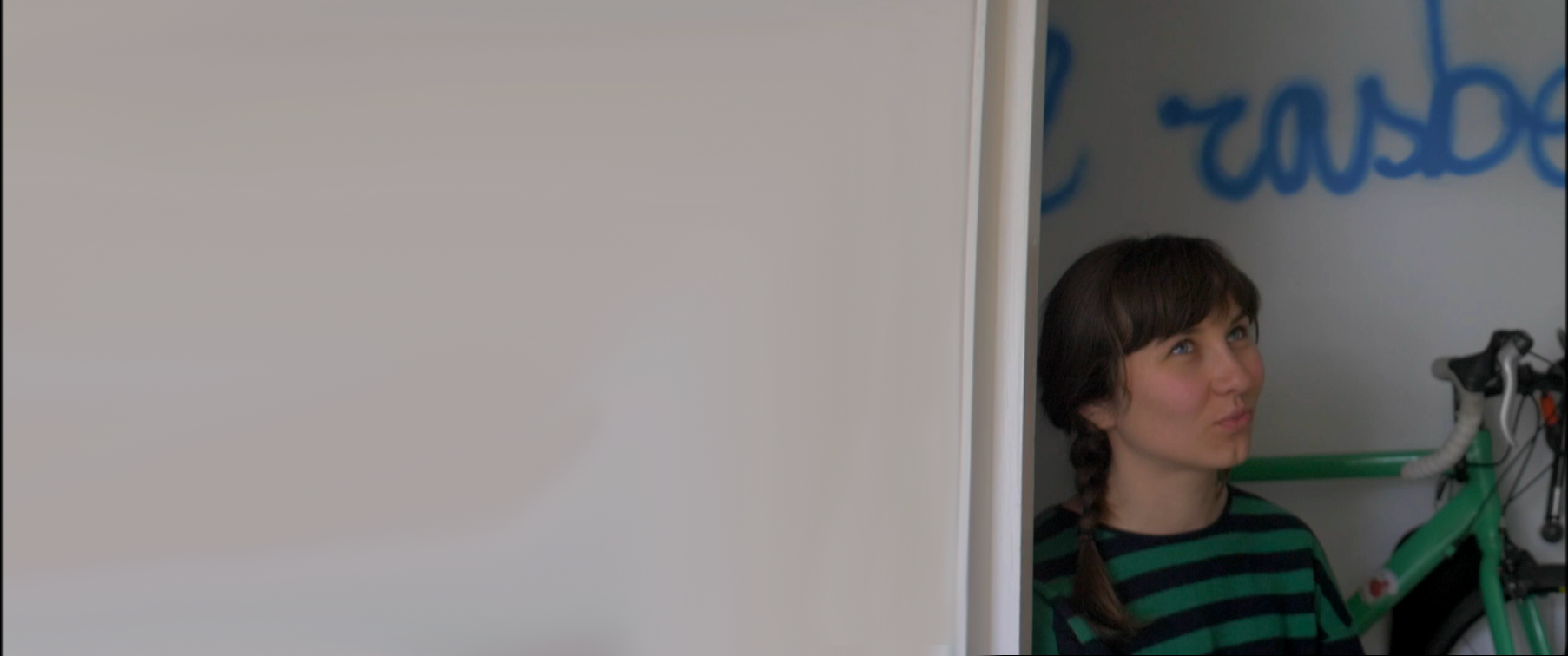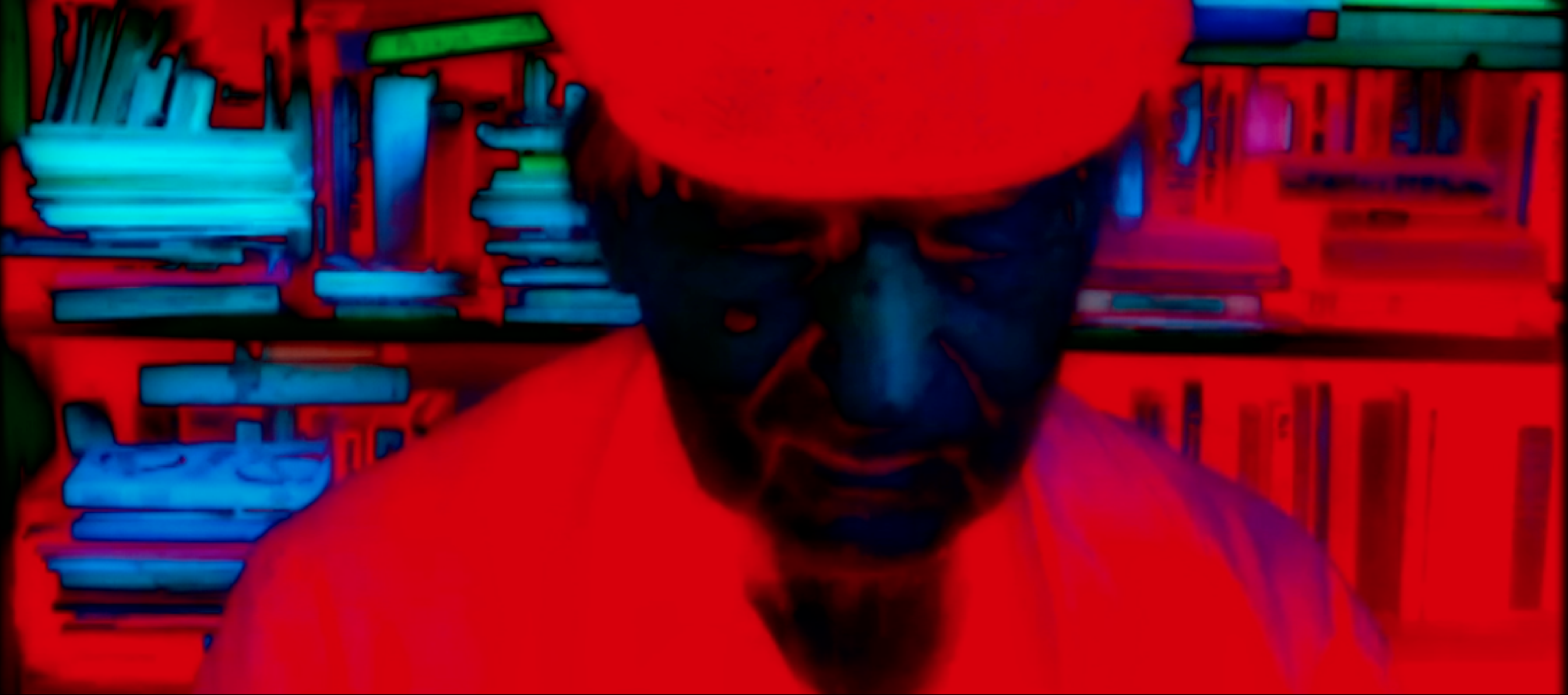Anthropomorphic Trouble is a collaborative project initiated by Goda Palekaitė and joined by Adrijana Gvozdenović, Curated by Arts Catalyst in partnership with Delfina Foundation and Whitechapel Gallery.
Adopting the lens of “Earth as a historical figure” as a mode of storytelling and as a narrative device, the project takes the coastal region of Dorset (UK) as a speculative context through which to simultaneously address ecological challenges, deep time and geological formations to unearth the troubled relationship between humans and the Earth.
From Mesopotamian personification of Ki to Incan Pachamama, to Greek Gaia – the narratives related to Earth – have often endowed the planet with human, often female features, behaviours and occurrences, including family tree, romantic relationships, personality, and other humanistic description.
Since the 18th century onwards, ‘historians of the earth’, scientists, philosophers, writers, and political figures have warned about the rapidly changing conditions of the environment. Yet these warnings have been left unheeded and the mechanisms of growing capitalism, global trade, displacement of humans, animals and plants, and military powers have continued to increase the exploitation of the earth.
Johnston Sheard documented and edited a two-day performance over the 20 – 21st November at Whitechapel Gallery, London where over six performances Goda took participants on a journey, exploring geological time, living and dead fossils, the weather on the Adriatic sea, animal horror and the effects of stones on human eyes. Rosemary tea was served and enjoyed, which has the effect of enhancing focus and slowing down aging, bringing everyone present closer to the time of a stone.
The project was produced collaboratively by Arts Catalyst and Schizma (LT), and supported by Lithuanian Council for Culture, Lithuanian Ministry of Culture and Hasselt University. The video production is supported by Lithuanian Council for Culture.
Goda Palekaitė (Lithuania) is an artist working in the intersection of contemporary art, performance, artistic research, literature, and anthropology. Her practice evolves around projects exploring the politics of historical narratives, the agency of dreams and imagination, and social conditions of creativity. Her recent solo shows were opened at the Centre Tour à Plomb in Brussels (“Architecture of Heaven” 2020), Konstepidemin in Gothenburg (“Liminal Minds” 2019) and RawArt Gallery in Tel Aviv (“Legal Implications of a Dream” 2018). In the last years, her performances and installations have been presented at the Vilnius international theatre festival “Sirenos”, “Swamp pavilion” in The Biennale Architettura 2018 in Venice, Atletika gallery and Contemporary Art Center in Vilnius, The Institute of Things to Come in Turin, among others. In 2019 Palekaitė received The Golden Stage Cross and the Young Artist’s Prize from the Lithuanian Ministry of Culture. Goda is based in Brussels. In 2020 the artist published her first book of fiction “Schismatics” (LAPAS books) and started an artistic Ph.D. position at Hasselt University. palekaite.space
Adrijana Gvozdenović (Montenegro) is an artist interested in artists’ motivation and ways of resisting (self)institutionalised structures. In the last three years, she has been developing methods of collecting and annotating symptomatic artistic practices that recognise their anxiety as a prerequisite state for criticality. One of those is a card-reading publication “7 anxieties and the world” that she performed during the 2019, among some: at FairShare: self-publishing as an artistic practice (CIAP Hasselt), during the “victories over the suns” in Brussels and for “The Hub – Between the iliac crest & the pubic bone” (GMK Zagreb). The research in these forms of “otherwise exhibiting” was supported by a.pass (a platform for artistic research, based in Brussels) and the Royal Academy of Fine Arts Antwerp and it has been published this year in an online publication ArchivingArtisticAnxieties.me.
Johnston Sheard is a London based Scottish artist. His work focuses on experimental film with scored song-cycles, and intricate sculptural constructions. He combines a baroque architectural sense with anti-digital aesthetics, creating sentimental narratives reflecting on a theological universe. Johnston Sheard is one of he founders on The Deep Splash, his artistic vision in 2015-6 helped to transmute the interview format into interpretive films, serving as works themselves. Sheard studied in Central Saint Martins and University of Westminster. Recently he had a show at Kunstraum, London and Outset Contemporary Art Fund, London and was part of the group exhibition ‘The Future Is Certain; It’s the Past Which Is Unpredictable” in Calvert 22 Foundation, London and Blaffer Art Museum, Houston.
